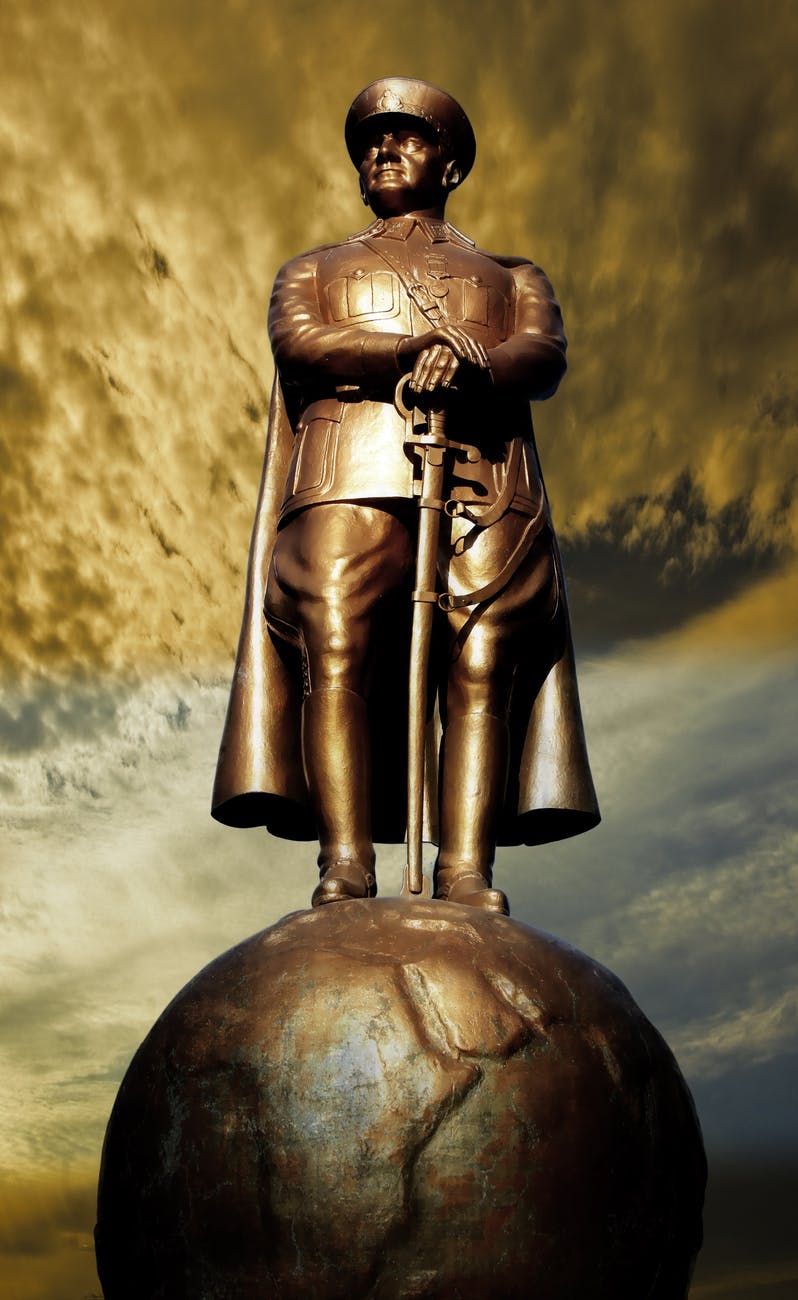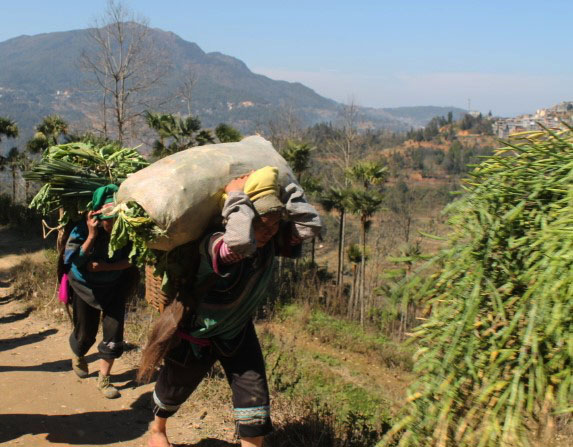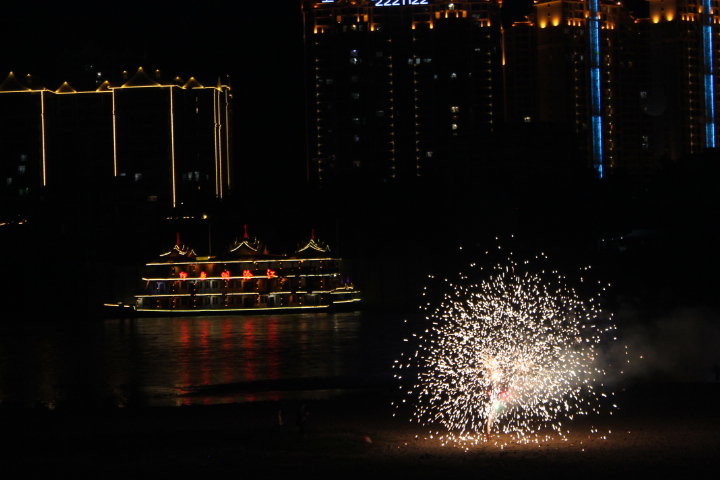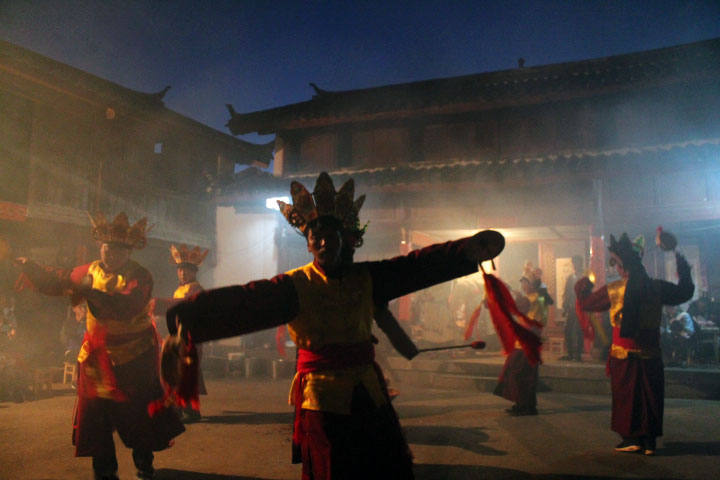There are many points of contention between the United States of America and the People’s Republic of China, such as censorship or trade. But there is no larger or more persistent problem than the issue of separatist Taiwan. The goal of this paper is to answer the question of what the United States should do about Taiwan and give a history of relations between Taiwan, China, and the US. To move forward to a more stable regional dynamic, the United States should deepen its role as a mediator to better relations with the People’s Republic of China and resolve the issue of Taiwanese independence.
Taiwan’s core contention for independence comes from the Chinese civil war when the Kuomintang (KMT) or the nationalist party fled there after being pushed out of the mainland by the Chinese Communist Party(CCP). Taiwan has never been ruled by the CCP. The Japanese invasion was a catalyst that resulted in today’s position. At this time, the leader of the KMT was described by Henry Kissinger in his On China, as a “refugee on a small island on the coast of China with the remnants of his forces”. China was a large recipient of US aid during the Japanese occupation (Tucker)

The United States’ relationship with Taiwan has been defined by the boundaries of war. Beginning with the Korean war, the triangular dance between the US, PRC, and Taiwan began. Kim Il-sung attacked South Korea on June 25, 1950 and American ground forces were sent in to establish a defensive perimeter around Pusan (Kissinger). During the war, the island emerged as a strategic outpost, (Tucker) Truman ordered the US pacific fleet to neutralize the Strait to prevent military attacks in either direction and so, china was menaced with encirclement (Kissinger). Taiwan since then has been a significant partner in the Pacific, bonded together through their resistance to Chinese Communism.
Since the Korean war, there have been many disasters across the Taiwan Strait. In 1954-1955 there was the first military attack from China on Taiwanese soil, in this case on the island of Quemoy. This attempt and many attempts afterward have tried to push back the set demarcation of the borders between the PRC and Taiwan. Due to the increasingly intense Cold War occurring, during this time Beijing was concentrating efforts not only on conventional weapons but on its nuclear program in an attempt at a balance of power with both the USSR and the United States.

Another Taiwanese Strait Crisis occurred in 1958 in which about one thousand people were killed or wounded (Kissinger). These renewed bombardments showed Mao’s determination to drive the KMT from the island. In bombing these offshore islands, Mao not only revealed his own determination but tested the United States’. Mao attempted to challenge the current bipolar domination of the international order by Washington and Moscow (Tucker). At the time, Mao Zedong saw the current leader of the USSR, Khrushchev’s surface level peaceful coexistence with the United States as problematic. In his eyes, if the Taiwan strait crisis was pushed to the brink of war Khrushchev might have to chose between peaceful coexistence and an alliance with China. According to Kissinger, the result was that Mao had pushed Khrushchev to make threats that he had no intention of carrying out and in so doing, strained Moscow’s relationship with the US even further.
Relations between Taiwan, the United States, and the People’s Republic of China changed when the PRC took over the representation of China seat in 1971. As a result, there was a shift toward Beijing and a lack of formal diplomatic relations. In order to juggle such a shift, the Taiwan Relations Act was created in 1979. It created a space where the United States didn’t support Taiwanese participation in international organizations but still maintained an unofficial relationship. The act specified that it was now United States policy to support Taiwan and “resist any resort to force or other forms of coercion” that would prematurely determine unification. Another stipulation mandated that the United States provide Taiwan with “arms of a defensive character” and demanded the attention of the president and Congress if the social, economic, or other aspects of the Taiwanese people came under threat (Kan).

“You can tell your friends there I have not changed my mind one damn bit about Taiwan. Whatever weapons they need to defend themselves against attacks or invasion by red China, they will get from the US. (Kissinger)” This was a quote from Ronald Reagan during his administration. Despite Reagan’s hardline approach, there were many attempts at mediation called Communiques by the United States, who has been and seems will continue to be comfortable with the status quo. All throughout these communiques, the United States has maintained a “one china policy” position. Before Reagan uttered these words, Nixon’s attempts to open China and create diplomatic normalization with China resulted in a position regarding Taiwan as pledging no support for Taiwanese independence but emphasized its undermined status. In the Third Communique of 1982, which is often cited in the vast array of literature surrounding the topic of Taiwan, Reagan offered six assurances to Taipei which solidified the US’s role in arms sales to Taiwan (Kan).
There was another Taiwan Strait crisis in 1987, five years later the 1992 Consensus which was the result of secret talks between Taipei and Beijing. As a result of the strategic rationale of the Cold War slowly fading another adjustment in diplomatic relations was required. But it seems that the 1992 consensus is rejected just as often as it is accepted. Instead of One China, Two systems, it entails one China, different interpretations, which essentially favors the status quo as it stands (Fell). Over time, the Taiwanese will to retake the Chinese mainland has faded. Now, their de facto independence is becoming a bigger and bigger issue for concern.
This concern was reignited again during the Taiwan Strait Crisis of 1995-1996, when in response to increased positive relations between the US and Taiwan, the People’s Republic launched missile “test-firings” toward Taiwan (Kan). As a result, President Clinton felt compelled to deploy two aircraft carriers near Taiwan as a deterrence measure. This seems as a culmination of the past four decades of the demand for international space by Taiwan and China’s unwillingness to end its nationalistic advances on a country that separated long ago. Due to now backward Cold War legacies and the growth of China, it is hard to tell whether it is in or out of American interests to keep to the status quo.

“If conflict were precipitated by just inappropriate and wrongful politics generated by Taiwanese elected officials, I’m not entirely sure that this nation would come full force to their rescue if they created that problem.” This was spoken by Senator John Warner to Admiral William Fallon during 2006. This quote summarizes our stance since the beginning of Taiwan. Strategic ambivalence has been the status quo, despite cold war sentiments against Chinese communism. It seems as if the United States has been quite comfortable in this current position even though the Striat is the only place in the world, besides North Korea, where United States troops might be drawn in against the second largest economy in the world. The United States’ ambivalence was created so as to protect Taiwan from military aggression and create leverage over Mainland China.
Over all of the US presidencies, we have assisted Taiwan in protecting itself. Our goals during the cold war were an ideological foundation that support the status quo today. President Clinton, as per his foreign policy, pushed for a mild change in policy toward Taiwan. Bush had not supported Taiwan’s membership into the United Nations. Since 2001, US policy toward Taiwan has stressed continuity in maintaining the “One China” policy but maintains its obligation to “defend democracy in Taiwan” but also to deter the PRC from pursuing a forceful military unification action. In 2004, we see this in action during Bush’s presidency. President Chen of Taiwan’s referendum efforts to supplement the independence of his democracy were dissuaded through forceful rhetoric on Bush’s part (Kan). President Bush was victim to what a lot of US presidents were victim to if they would push back against Taiwan, criticizing for appeasing a dictatorship at the expense of Taiwan’s democracy.
Successive administrations have shifted US policy closer and closer to Beijing as its economic gravitational pull grew stronger. The PRC has been becoming bolder in its efforts to determine Taiwan’s future (Kan).
We will “pay any price to safeguard the unity of the motherland,” this was spoken in 2003 by the PRC’s Premier at the time, Wen Jiabao who warned of China’s determination regarding its “internal problems”. Since the beginning, the PRC has never renounced its right to use force to “liberate” Taiwan (Kan). In fact, since the 1990s, the People’s Republic of China has been militarizing rapidly on the areas across the Taiwan Strait, and as we’ve seen before has never been afraid to launch military exercises toward Taiwan. In March 2005, an Anti-Secession Law was put into place by the People’s Republic of China, but the Taiwanese president not six months later, Chen Shui-bian, announced that he would terminate the national unification council and its guidelines (Kan).
The basic psychology behind this Chinese civil war legacy is one of an identity split. According to Henry Kissinger, there are two competing versions of the same Chinese national identity. To the mainland, Taiwan is a renegade province who is a constant reminder of their old nickname, the “Sick man of Asia”. These remnants of the “century of humiliation” has resulted in many special administration zones due to China’s semi-colonial status prior to the Second World War, meaning that Taiwan would be given the same status as Hong Kong or Macau. And according to Yang Jiechi, China’s former ambassador to the United States, there may be a path forward worth exploring using this option. In the 1980s The PRC has proposed a peaceful unification within the bounds of a “one country, two systems” policy. Yang believes that when a country is divided, no matter for how long, its people will want to unify (Lampton, Eckholm and Thompson). This opposition of Taiwan’s formal independence is a core principle of Chinese nationalist ideology.
Despite fluctuations between cooperation and conflict, The People’s Republic of China has taken every opportunity to squeeze Taiwan’s international space. This “Orphan of Asia” has a unique and controversial international status. It meets the basic requirements of being defined an independent state; it has over 23 million permanent residents, demarcated and permanent borders, a well-functioning, multilayered government, and the capacity to conduct diplomatic missions despite only being acknowledged by only twenty UN member states (Fell).
The international status of Taiwan pushes and pulls it in many directions, Taiwan’s internal politics play a bigger role than some in the United States give it credit. By the late 1980s Taiwan had established democratic institutions (Kissinger). A recent election in 2016 resulted in the election of Taiwan’s first woman president, Tsai Ing-wen who won over 55 percent of the popular vote. Tsai is also a member of the Democratic Progressive Party in Taiwan which supports to some extent formal independence of Taiwan. The DPP became the majority party in both Taiwan’s unicameral legislative branch and the presidency. Tsai rejects the 1992 consensus and China has since breaking off negotiations and making renewed efforts to squeeze Taiwan’s international space (Fell). This development is nothing new to the increasingly volatile globalized world.
There are many different push and pull factors inside of Taiwan regarding their identities either as Mainlanders or ethnic Taiwanese. On the Far left, which Fell has described as the proponents of Ethnic Taiwanese Nationalism, are advocates for Taiwanese independence and want a new Taiwan constitution. These voters are the ones who supported president Chen’s advocation for holding a referendum for independence and adopting a new constitution (Kan). Those who are of the center-left persuasion: Civic Taiwanese nationalists argue for anti-unification and are anti-one country, two systems. They advocate for a United Nation application despite international resistance, oppose the PRC’s anti-secession law and want to work toward self-determination.
Those in the center support the Status quo meaning their de facto independence and a dual identity. Something called the Republic of China Chinese Nationalism can be described as Center-Right, they are Anti-Taiwan independence and support the 1992 Consensus. Those who wholly support the PRC’s position are described as Far right, since they want to follow the national unification guidelines and support the one country, two systems principle and of course support the communist party of china (Fell).
Despite these internal and external tensions between the two countries, by the early 1990s economic relations between PRC and ROC have grown to significant levels. (Kan). Taiwan had joined the Asian development Bank and APEC. At the same time, the PRC was getting its economy off the ground. As a result, Taiwan had benefited from PRC’s economic transformation and has been becoming increasingly economic interdependent on it. These was a loosening of restriction on bilateral trade and investment which lead Taiwanese companies to shift their production to the mainland. (Kissinger).
There is a lot at stake here for Taiwan, states have been defecting to the PRC in the UN, since the 1960s it has been a major economic player, and its very independence and self-government depends on the United States. This precarious position is a source of much frustration on both sides of the Strait. The United States alone provides Taiwan with the weaponry it needs to defend itself if China were to make good on its promise of militaristic unification. In 2015, Taiwan was the 17th largest exporting nation in the world and its ability to make decisions regarding its financial market, and its democratic system would be dismantled (Fell). For Taiwan, the special administration status offer is unacceptable. For China, allowing Taiwan to become a formally independent nation is unacceptable. As it stands Taiwan will never be truly free, they are a democracy that cannot determine their own future.
Over time, the US has stressed the processes of the One China policy meaning peaceful resolution and cross-strait dialogue and resolution with the consent of the Taiwanese people with no unilateral provocations from either side. The United States needs to rethink its involvement in the region due to the ever-shifting nature of the international stage. It needs to reevaluate what its goals are, what they want the outcomes to be and make a concrete plan rather than an ambivalent one. But for the PRC and Taiwan it is not the processes for which peace will be achieved its what kind of peace they desire, whether its unification, independence, or even confederation.
There will be dire impacts if a nation were to misstep or overstep. Beijing has been clear about their willingness to use conventional military force if Taipei were to seek formal independence. In response to an increased American weapons sale to Taiwan in 2010, China used threats of “corresponding sanctions” on American companies who were involved in the deal (Branigan). According to PBS FRONTLINE, China adds 50 short range and medium range ballistic missiles in the area of the Taiwan strait every year. The PRC currently has more than 400 missiles and are improving their missile technology such as cruise missiles and multi-warhead missiles. The PRC has 60-70 submarines as of 2001 compared to Taiwan’s four. Taiwan strait is a very important sea link communication channel and cannot afford to be shut down without many countries being drawn in. The Taiwan Strait is one of the few places in the world where the US could potentially clash with another nuclear power with a substantial military since the US would have difficulty remaining disengaged (Tucker).

But direct military force is not the only option that the People’s Republic of China can take, they can also choose to blockade Taiwan and so damage the Taiwanese economy, since they are an export driven economy. To the Chinese Communist Party, the prevention of Taiwan going independent is critical to its legitimacy. By allowing Taiwan to go, there would be signals sent to other nationalists that would allow an opening for overthrowing the regime (PBS Frontline). But, in normalizing relations with china, which something that is greatly in US’s interests the United States have betrayed Taiwan and facilitated their loss of UN representation. Despite this, Taiwan’s strategic location and autocratic nature tips the scale in their direction (Tucker).
With these impacts in mind, I believe that the United States should deepen its role in the Strait. The first step the United States should take is to keep up encouragement of cross-strait dialogue. By increasing communication and information sharing, Taiwanese and Chinese will have less of a chance to misinterpret actions on either side. The United States shall assist Taiwan keep its independent international space though facilitating the diversification of the Taiwanese economic portfolio. At the same time, keep rhetoric and other civil pressures applied so as to deter Taiwan from engaging in risky behavior such as declaring formal independence or even taking the military initiative. A special envoy or coordinator should be appointed for a peace brokering process so there can be some level of closure of this issue.
China’s ideal outcome is unification under the one country two systems model. In Taiwan against unification but opinion is divided is continuing the sq or moving on to formal independence. US has reiterated that it can accept any outcome so long as war is avoided, and it has the consent of the Taiwanese side.
In conclusion, at the moment, the United States doesn’t have a clear role in terms of what action it would take in a military crisis. Our end goal should be geared toward preventing the most likely nightmarish scenarios where the US and China would engage militarily. The strange thing about this topic in particular is that the United States has been acting as a bridge builder but the only place in the whole world where we have not taken an active diplomatic role, overnight we could see United States forces deployed.
Works Cited
Branigan, Tania. “Chinese media accuses US of ‘cold war thinking’ over Taiwan arms deal.” 1 Feburary 2010. The Guardian. May 2018.
Fell, Dafydd. Government and Politics in Taiwan. Routledge Research on Taiwan, 2018.
Kan, Shirley A. China/Taiwan: Evolution of the “One China” Policy Key statements from Washington, Beijing, and Taipei. Congressional Research Service, 2011.
Kissinger, Henry. On China. Penguin Books Ltd, 2012.
Lampton, David, et al. PBS FRONTLINE. 2001. April 2018.


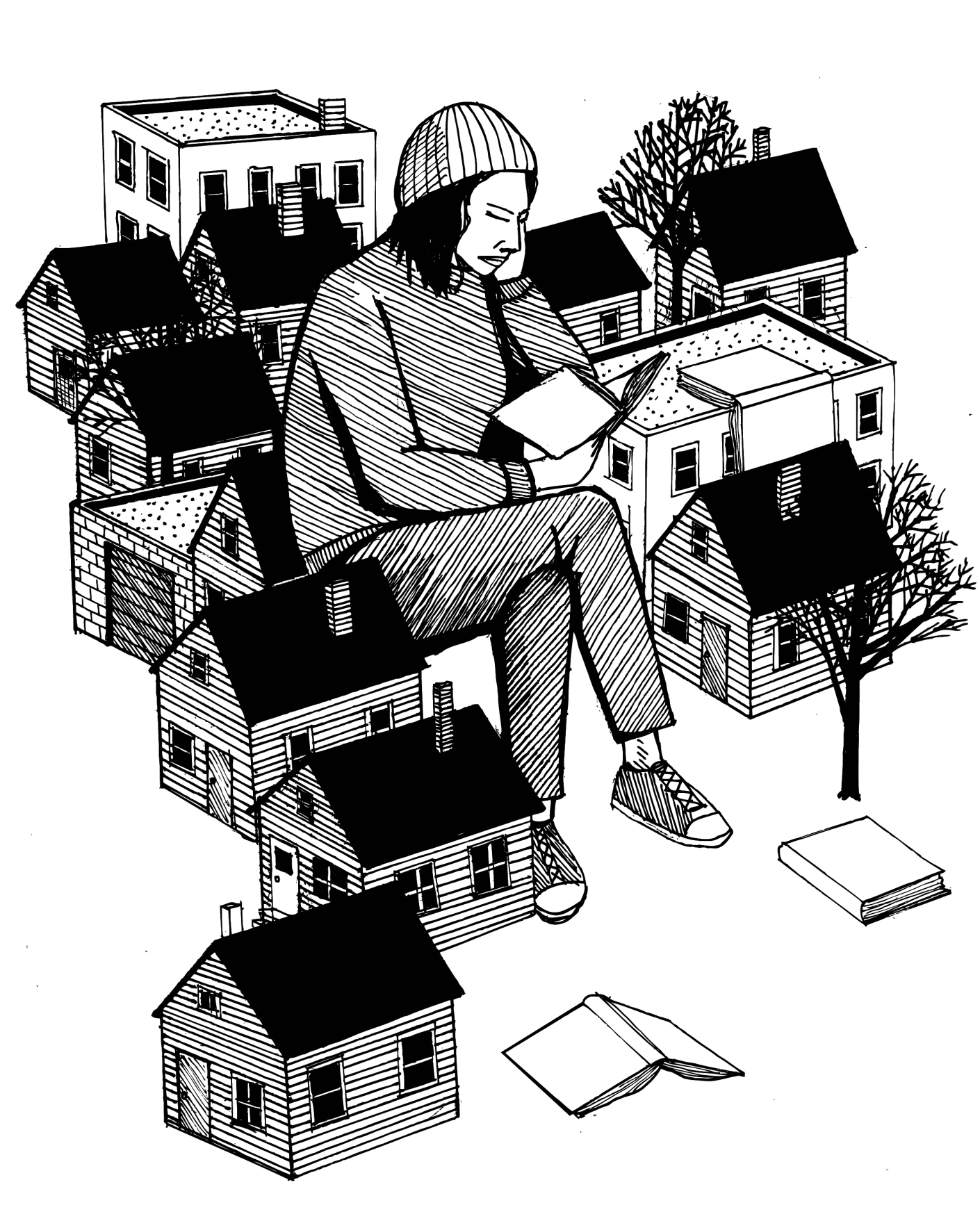
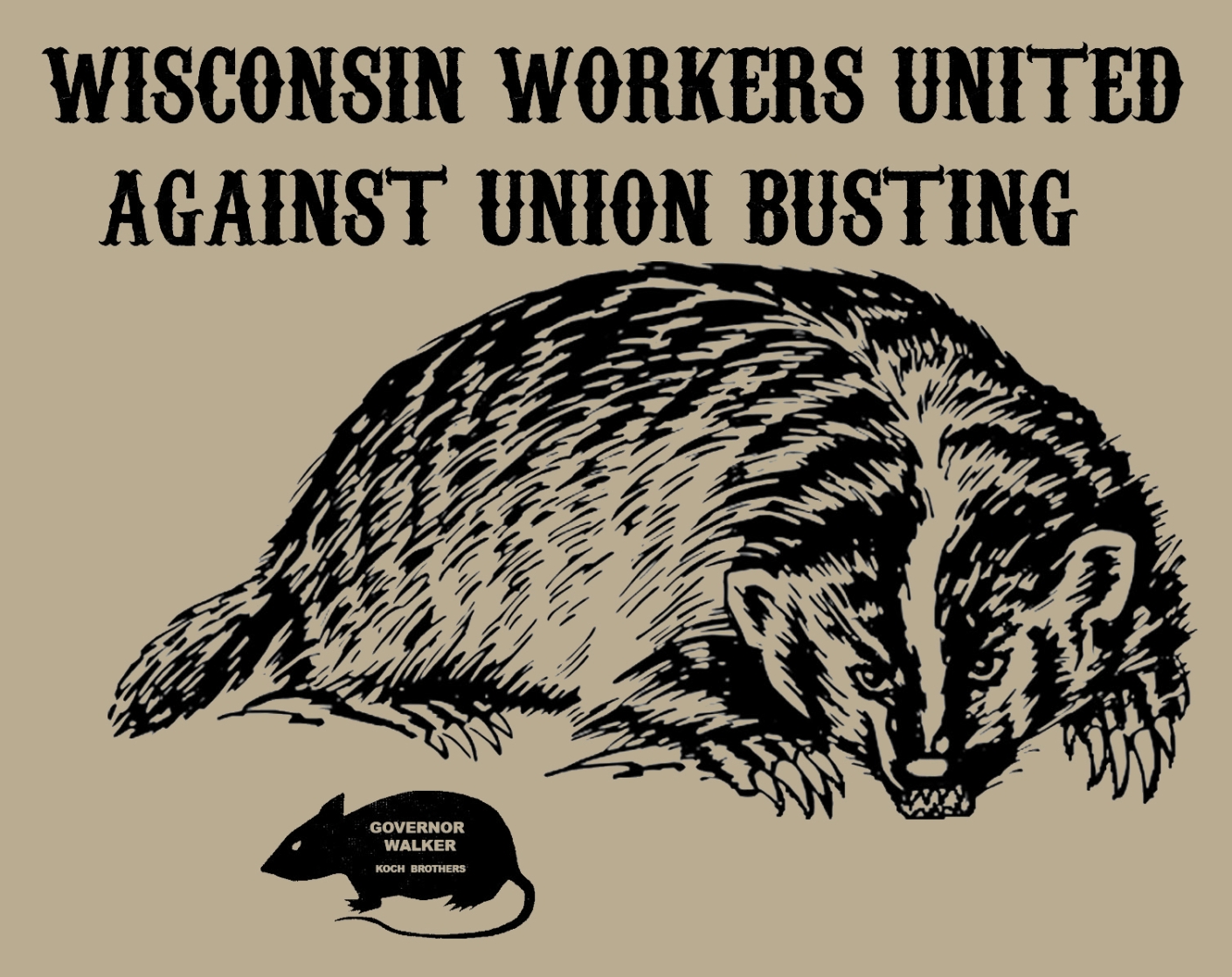

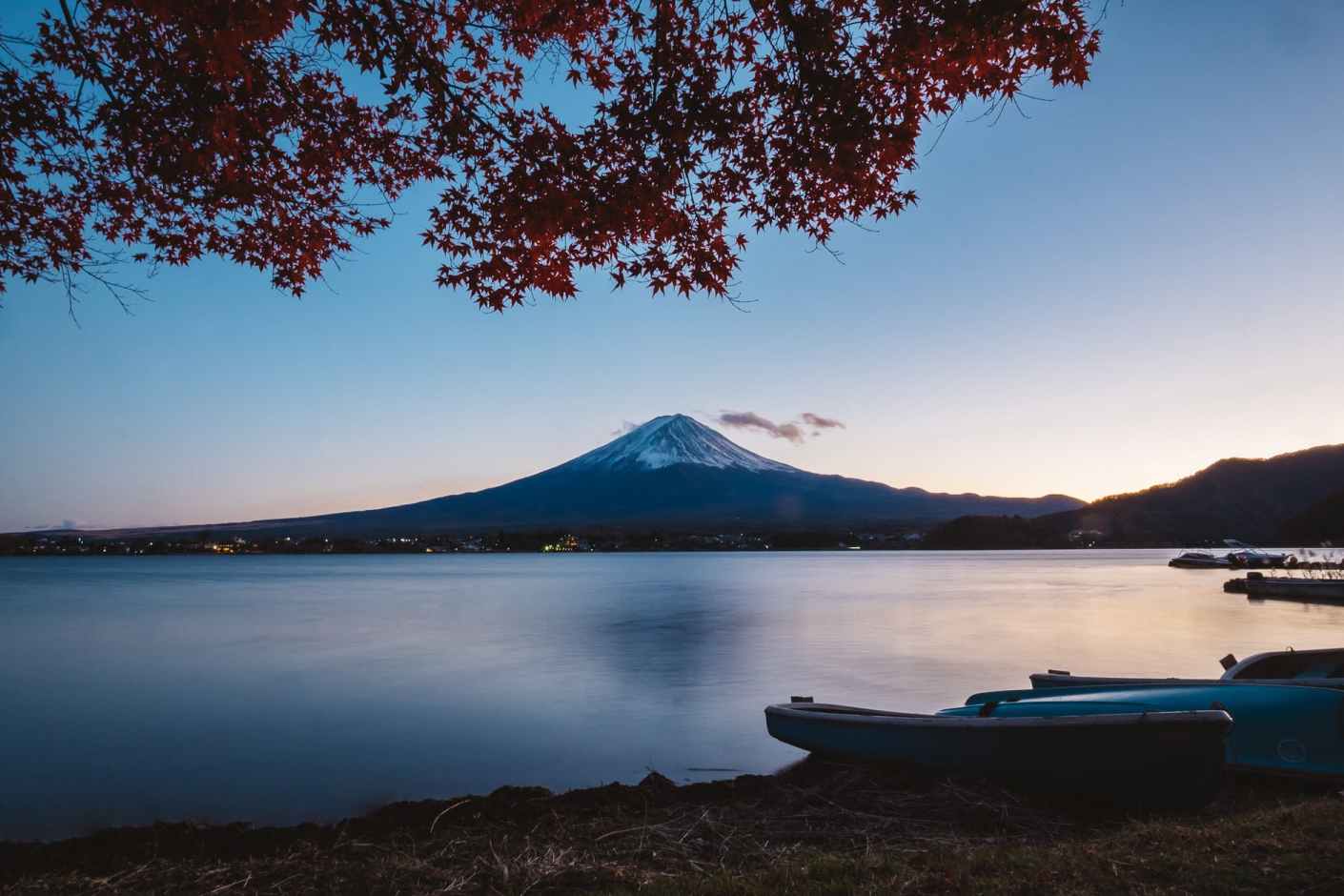


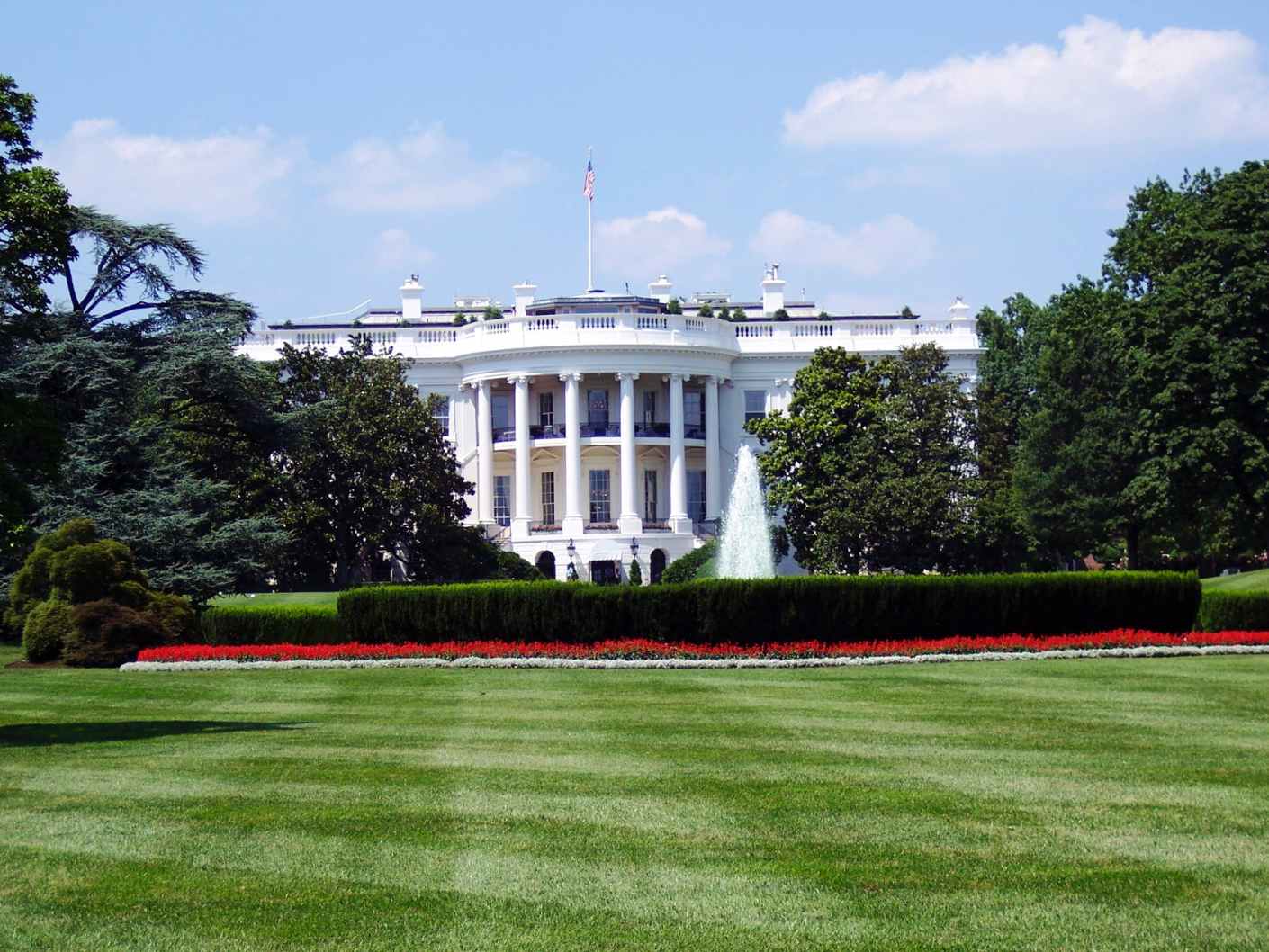

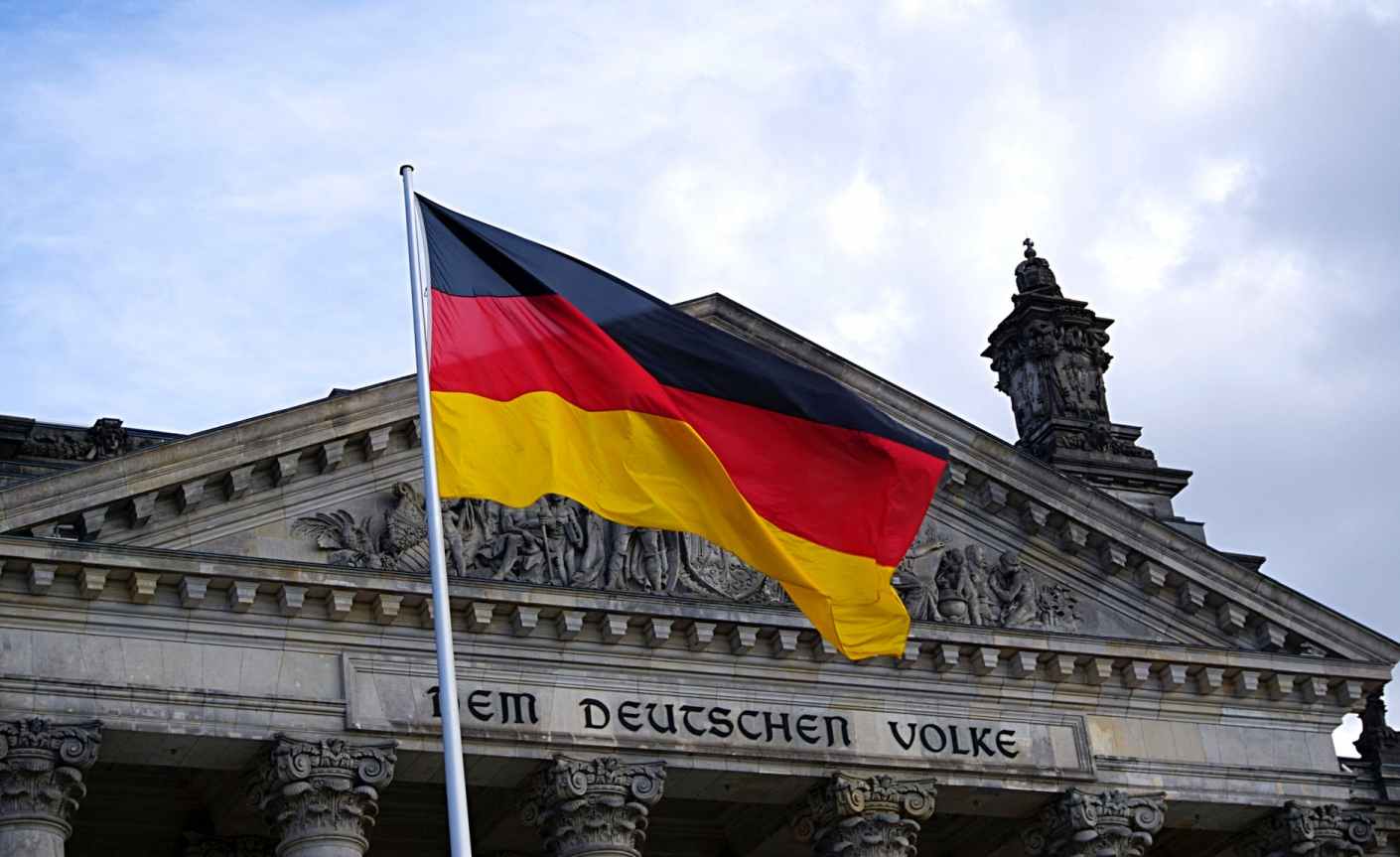

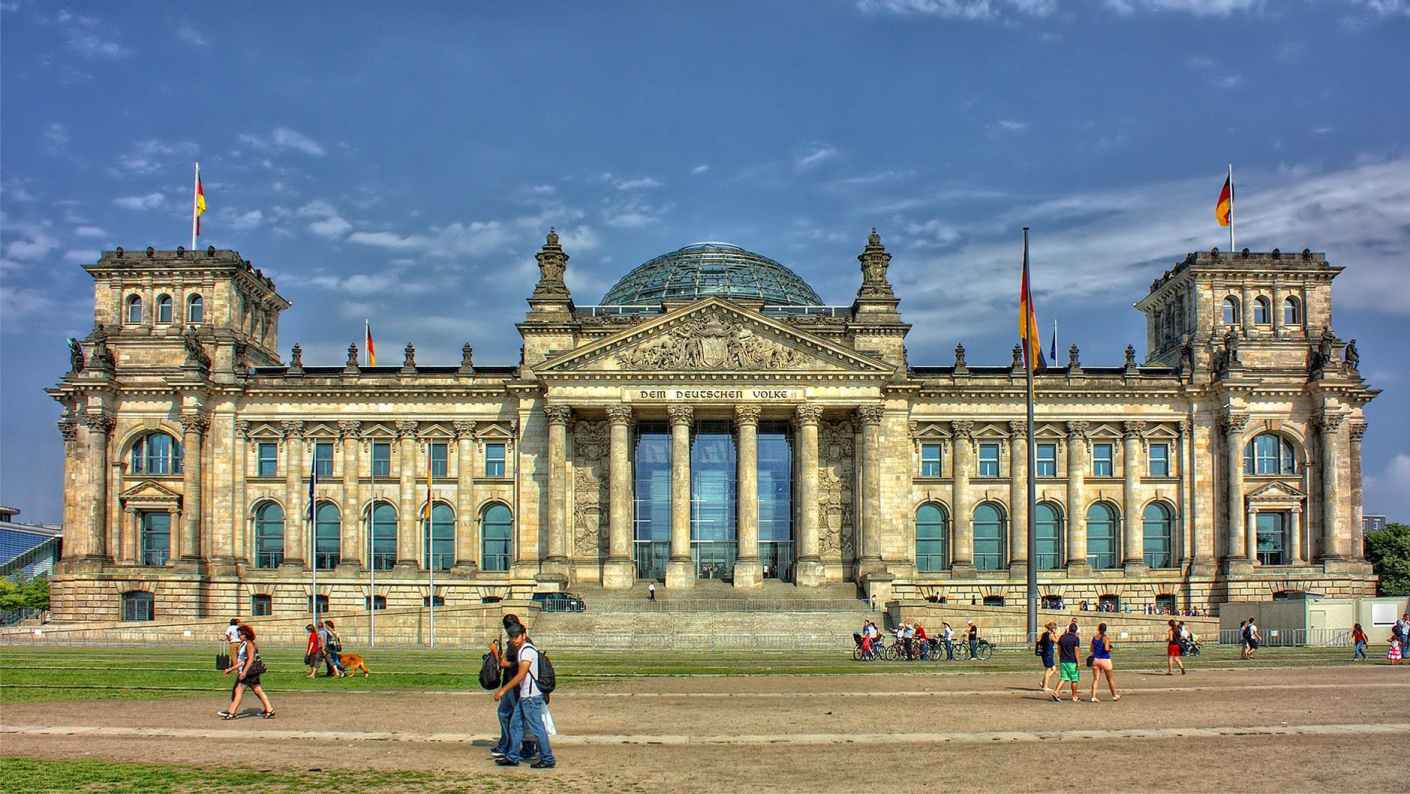

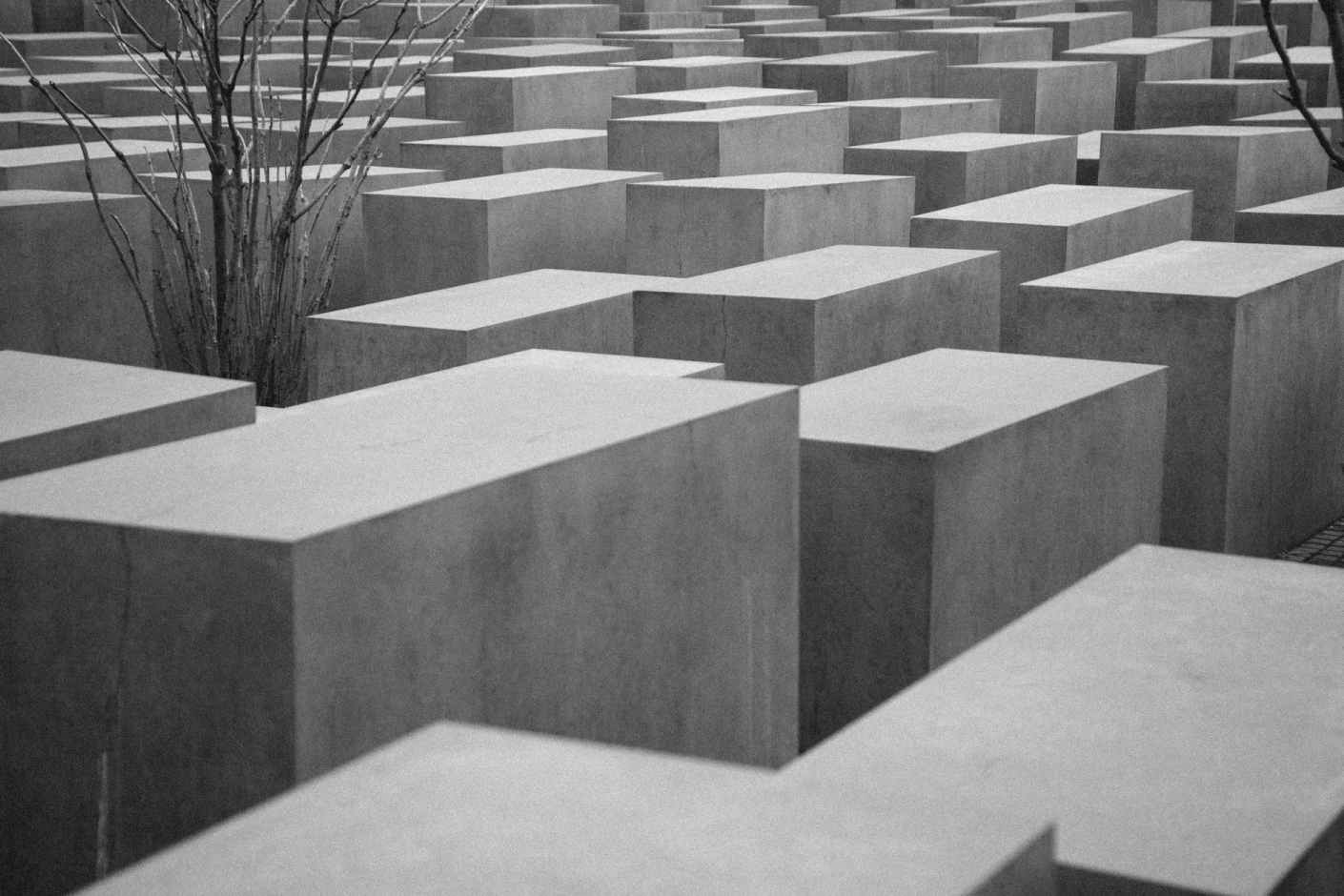
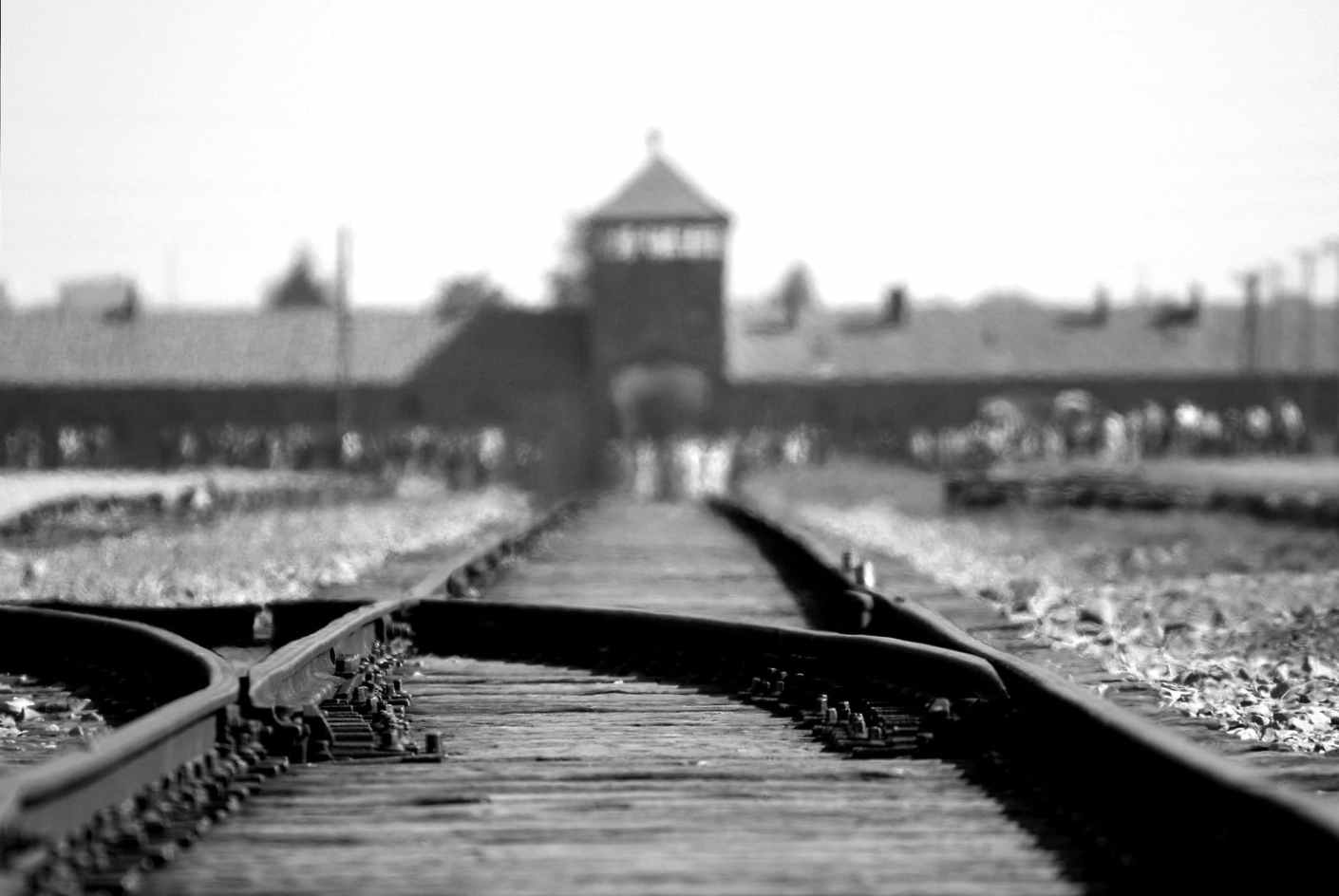
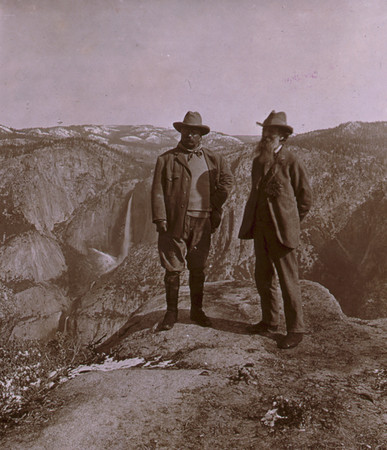

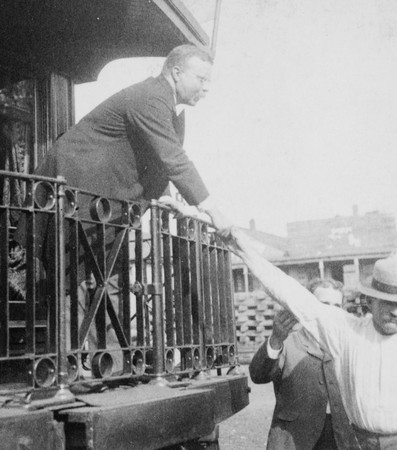

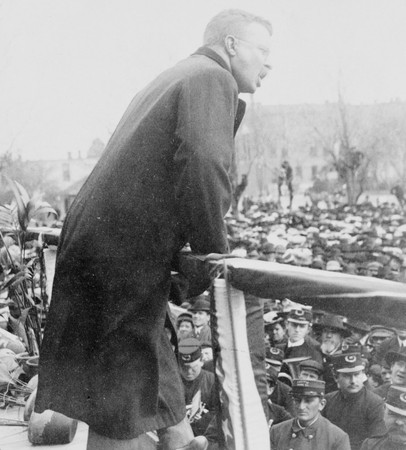




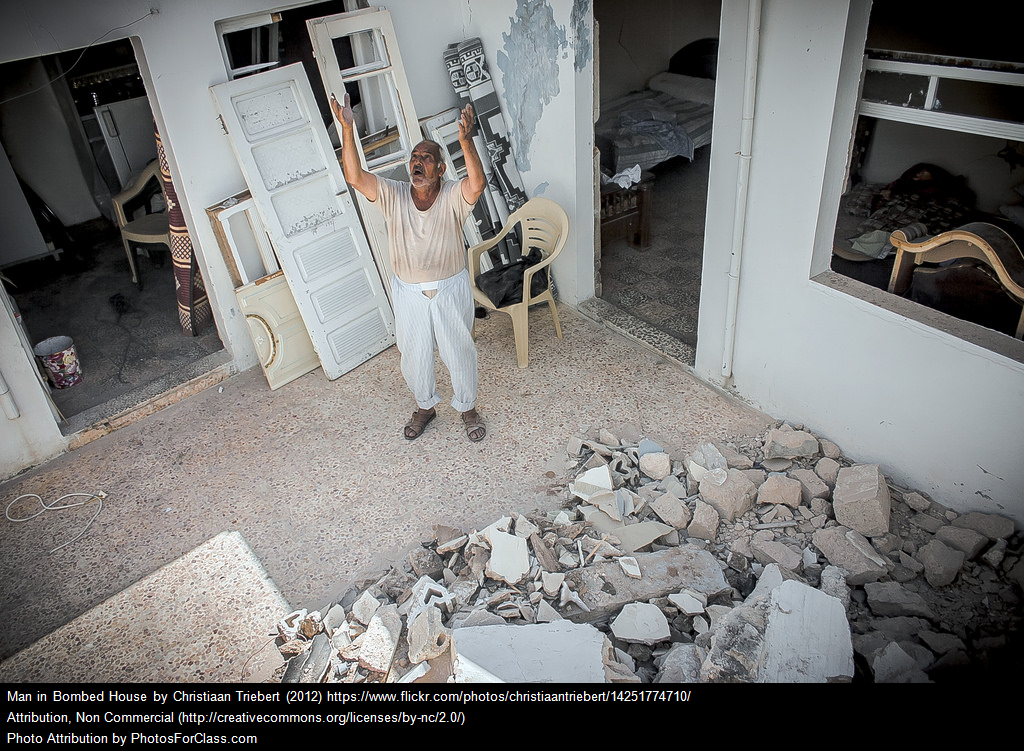


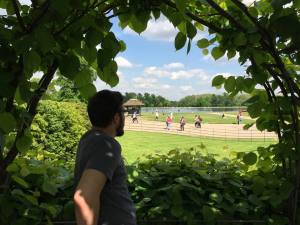

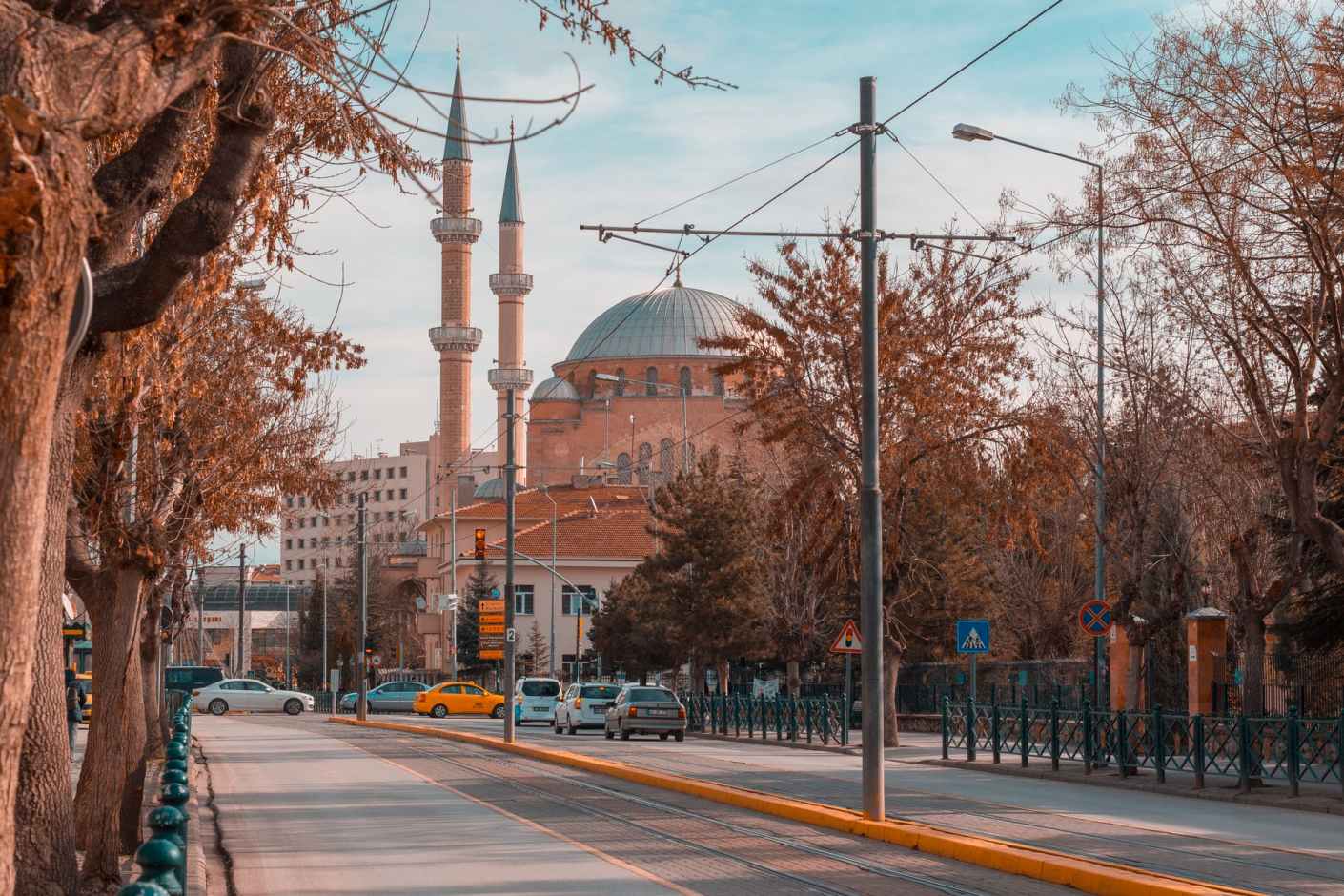 At the start of the 1800’s, Sultan Selim III launched a series of reforms named Nizam-i Cedid (New Order), which was aimed to increase the strength of the central state organization to combat external and internal enemies. In 1807 the Ottoman Empire’s government was changed by a coup d’etat led by a coalition of conservative ulema and janissary officers (servants of the sultan). After the coup, which weakened the Ottoman Empire’s military, they started to lose territories as it was incorporated into the European economic system.
At the start of the 1800’s, Sultan Selim III launched a series of reforms named Nizam-i Cedid (New Order), which was aimed to increase the strength of the central state organization to combat external and internal enemies. In 1807 the Ottoman Empire’s government was changed by a coup d’etat led by a coalition of conservative ulema and janissary officers (servants of the sultan). After the coup, which weakened the Ottoman Empire’s military, they started to lose territories as it was incorporated into the European economic system.